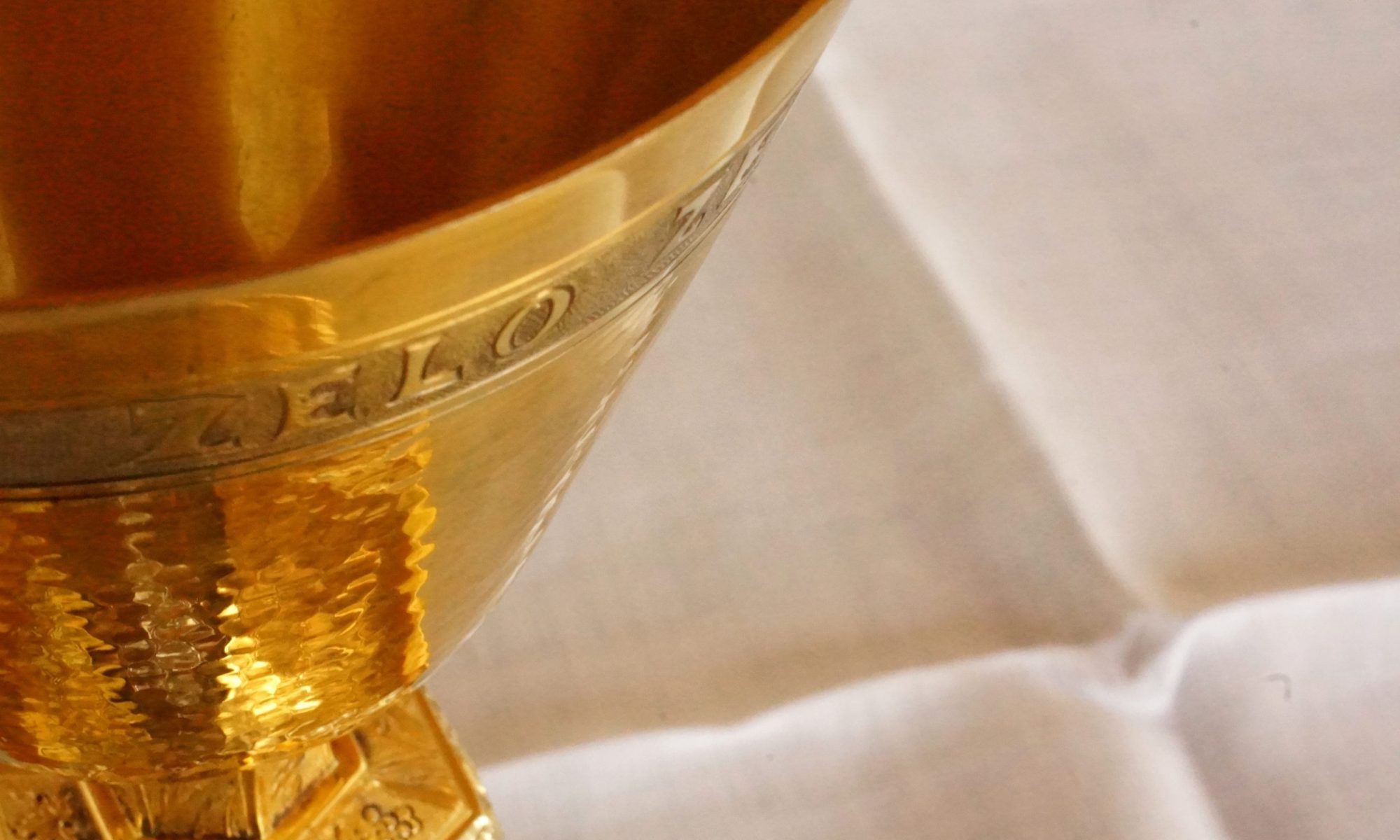Carmelite homily for Wednesday (Week 13), July 1, 2020 – Lectionary 379 (Matthew 8:28-34)
In today’s Gospel we have the demoniacs of the Gadarenes, who live amongst the tombs away from people. If anyone comes near, they holler at them and scream at them and try to hurt them. Who are these demoniacs of the Gadarenes? I think it’s you and me! Cause don’t we act that way? If someone gets too close to something vulnerable or is critical of me, or anything like that, don’t I holler? don’t you holler? don’t we scream? don’t we hurt? Jesus brings peace and healing by asking ‘who are they?’ and having them realize who they are. Titus Brandsma – Blessed Titus Brandsma – writes, “Knowledge of ourselves, of our deepest being, though it is difficult, is absolutely necessary.” I think that’s all Jesus did to these demoniacs, and to us, is to tell us who we really are. With that healing, with that peace, we can lead deeper, richer lives.

